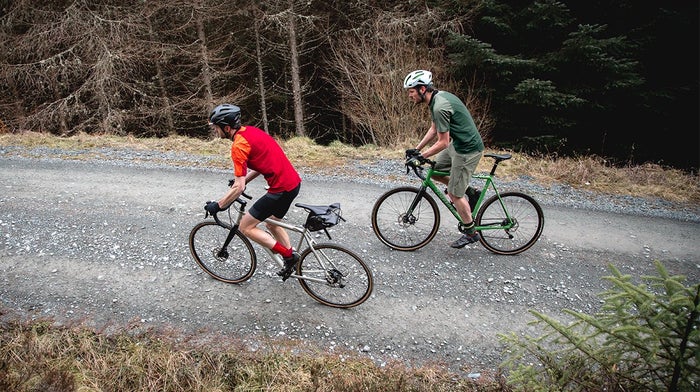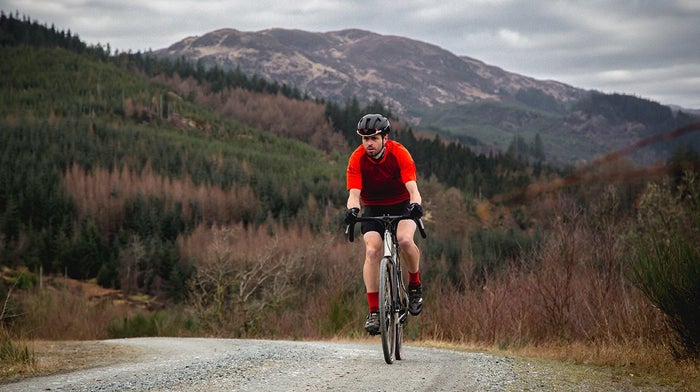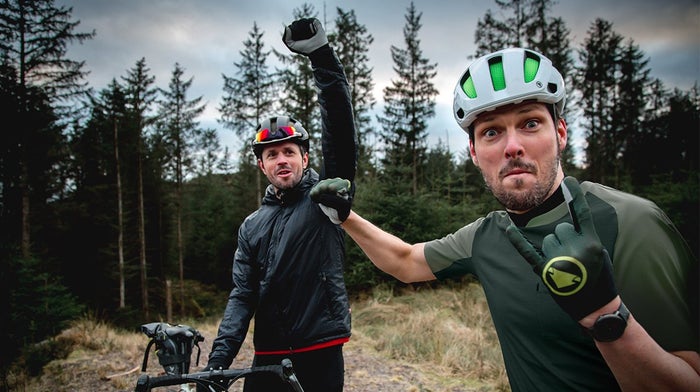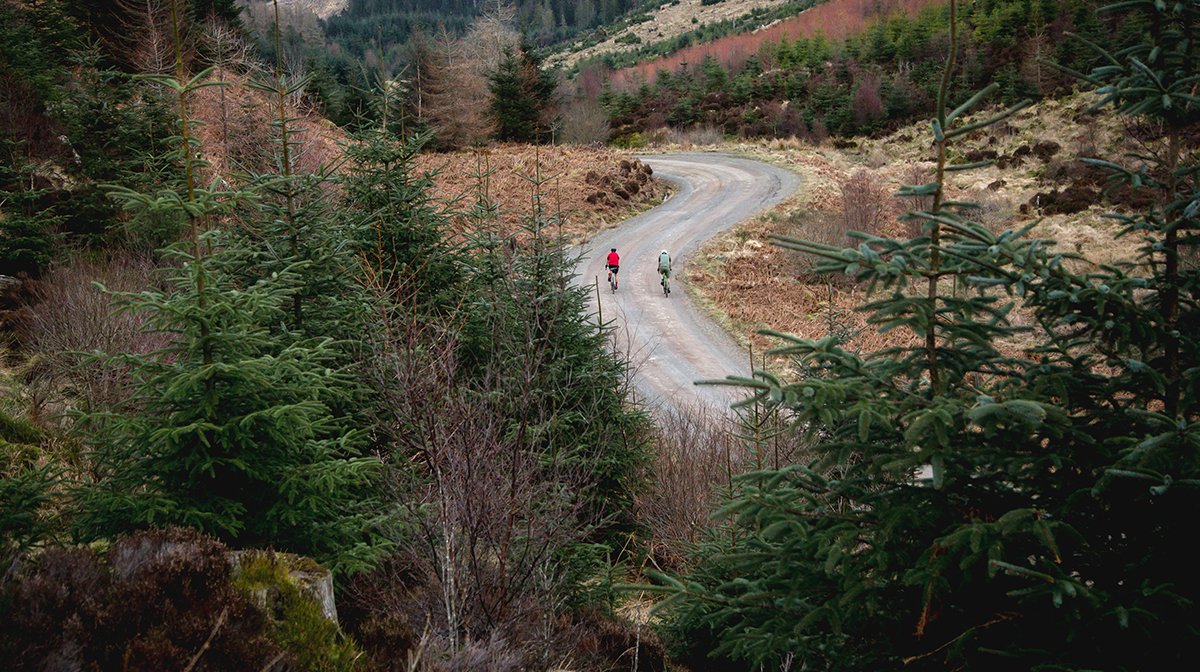
You've already heard about it. Gravel grinding. Gravel bikes. Gravel riding. Its origins are both muddied and contested. It's nothing new, say wizened road fans with long memories. Any 1920s stage of the Tour de France would have qualified as an epic gravel adventure. 320 kilometres of unpaved roads and a couple of Pyrenean mountain passes on a bike with balloon tyres and no following cars? If that's not epic gravel - bro - I don't know what is.
Meanwhile, over in northern California, gravel pioneers are dragging dusty steel frames out of their sheds, bikes that haven't seen sunshine since 1985, rigid forks, no rear suspension, cantilever brakes, fat, bald tyres looking suspiciously like 21st Century gravel bike prototypes – just swap those flat bars for drop ones. And now here come the cyclo-cross die-hards, diffidently staking their claim to have 'invented' gravel. Ask a 'cross fan and they'll insist that gravel bikes are just CX bikes with a bit more mud clearance and disc brakes, rather than old school cantilever stoppers.

And to think those first Rough Stuffers were trying to escape from the 'easy' paved roads and terrifying traffic volumes of the 1930s! In all seriousness, if you ask a contemporary gravel-lover what the appeal is, then the absence of cars on rides is probably a major part of the attraction. But it’s not just the lack of traffic that draws the curious to uncharted territory.

At which point a fat-tyred gravel bike and looser-fitting clothing starts to exert a near-irresistible pull. Simultaneously, the miles of Forestry Commission' 'bash roads' that mountain bikers find tedious and speed-obsessed roadies avoid, start looking more attractive. Maybe invest in a bar bag and saddle pack or – bolder yet – a gas stove and billy cans? Get loaded up and head for those roads less travelled, just knock it down a couple of gears, take it easy, check out the scenery and get lungful's of air, free from exhaust fumes. After years of chasing speed, there's time to remember what attracted so many to cycling in the first place – escape, exploration, and a self-propelled sense of freedom.

The current popularity of gravel riding can perhaps be explained by the fact that it appeals to so many elements within existing cycling groups, it encompasses multitudes. The roadie who's not as fast as they thought they were, the adventurous 'crosser hankering after an epic, the mountain biker with a need for more speed, and the smiling Rough Stuff Fellowship member, who got there before all of us recent converts. All are welcome. You in?


Related Articles








